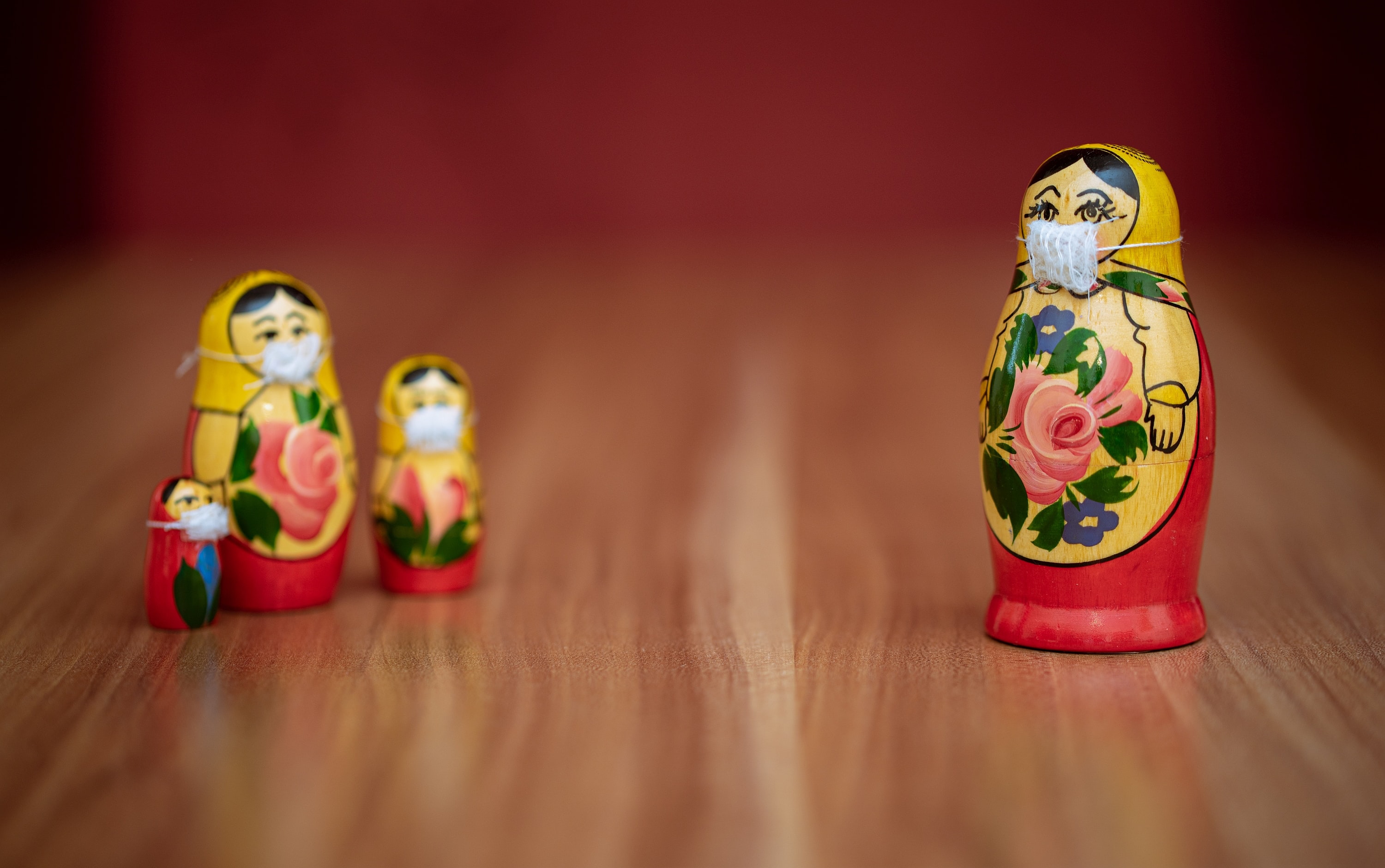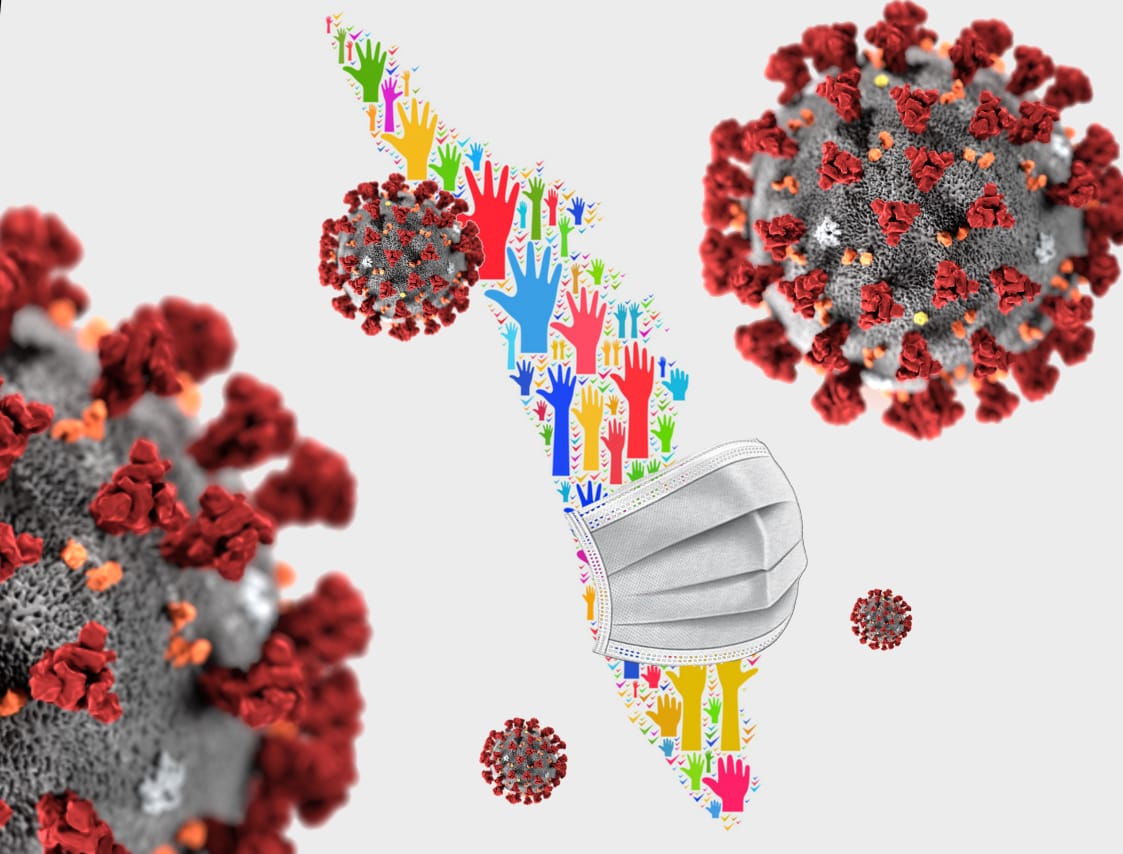Social distancing is a very common term that is being discussed and debated for the last couple of months ever since the onset of the Corona pandemic. It is a set of non-pharmaceutical interventions or measures taken to prevent the spread of a contagious disease by maintaining a physical distance between people and reducing the number of times people come into close contact with each other. It is also known as physical distancing.
Social distancing measures are approaches taken to minimize close contact with others in the community and include: quarantine and self-isolation at the individual level as well as other community based approaches (e.g. avoiding crowding, school measures and closures, workplace measures and closures, public/mass gathering cancellations)
From the pages of History
Social distancing measures date back to at least the fifth century BC. The biblical book of Leviticus contains one of the earliest known references to the practice, likely as a response to leprosy.
In modern times, social distancing measures have been successfully implemented in several previous epidemics. In St. Louis, Missouri-USA, shortly after the first cases of influenza were detected in the city during the 1918 flu pandemic, authorities implemented school closures, bans on public gatherings and other social distancing interventions. The case fatality rates in St. Louis were much less than in Philadelphia, which despite having cases of influenza, allowed a mass parade to continue and did not introduce social distancing until more than two weeks after its first cases
What is a Contagious Disease?
A contagious disease is a subset category of transmissible diseases, which are transmitted to other persons, either by physical contact with the person suffering the disease, or by casual contact with their secretions or objects touched by them or airborne route among other routes.
Suśruta Saṃhitā, a major textbook in Ayurveda, has observed that certain types of skin diseases, fevers, tuberculosis, conjunctivitis etc. can spread to a normal person by close interaction, physical contact, exposing to breath, sharing food, bedding and accessories of an afflicted person. There is also a specific mentioning of staying away or leaving the area where a contagious disease is spreading (sthānaparityāgaṃ).
Guidelines for Proper Social Distancing
- Isolation: It is recommended for a symptomatic individual that is suspected of having, or known to have,the disease. They are advised to isolate themselves in the home-setting and avoid contact with others until they are proven by a medical authority to be no longer considered contagious.
Isolation includes:- Not going out of the home setting. This includes school, work, or other public areas
- Not using public transportation (e.g. buses, subways, taxis)
- Identifying a "buddy" to check on and do errands for each another, especially for those who live alone or at high risk for developing complications.
- Having supplies delivered home instead of running errands (supplies should be left on the front door or at least a 2 metre distance maintained between people)
- If leaving the home setting cannot be avoided (e.g. to go to a medical appointment), wear a mask (if not available, cover mouth and nose with tissues) and maintain a 2 metre distance from others. The health care facility should be informed in advance that the person may be infectious.
- Voluntary home quarantine ("self-isolation"): It is recommended for an asymptomatic person, when they have a high risk of exposure to the pathogen, (i.e., through close contact with a symptomatic person or their body fluids). They are asked to self- isolate in the home-setting to avoid contact with others in order to prevent transmission of the virus at the earliest stage of illness
- Protective self-separation: It is recommended for a person who is at high-risk for severe illness from pathogen (e.g., older adults, those with chronic underlying medical conditions or immuno-compromised) when the virus is circulating in their community.
- Voluntary avoidance of crowded places: It is recommended for a person who is asymptomatic and who is considered to have had a medium risk of exposure to the pathogen. This involves avoiding crowded public spaces and places where rapid self-isolation upon onset of symptoms may not be feasible. Examples of these settings include mass gatherings, such as concerts and sporting events; not including hospitals (for HCWs) and schools.
- Mandatory quarantine: It is the imposed separation or restriction of movement of individuals, groups or communities, for a defined period of time and in a location determined by the healthcare authority..
Does Social Distancing Really Work?
By following the guidelines of social distancing, prevention of the disease is achieved as follows.
- Avoids direct physical contact with the affected individual or carrier
- Avoids physical contact with contaminated materials/ food/ blood/ water that may be carrying the pathogen/ or on which the pathogen may be surviving till getting into another human body to infect.
- Avoids droplet transformation – droplet transformation occurs when the droplets from mouth/ nostrils of an affected person enters into an unaffected person. By keeping a distance of 2 meters, infection through droplet transformation is also avoided
- Asymptomatic affected individuals when staying home further avoids chances of infecting new individuals with disease.
Thus social distancing is a one stop solution to prevent spread of contagious disease
How can we know for sure that Social Distancing is effective in COVID 19?
The effectiveness of social distancing can be asserted by analyzing the rate of incidence of disease, after completion of incubation period of the disease and its tailing period (in case of corona virus- 14 to 21 days) during the course of social distancing. The following graphs prove the effectiveness of Social Distancing in COVID 19 pandemic.
China
China went for complete lockdown on 23rd January 2020. A week after incubation, a constant decrease can be observed.
Spain
Spain had ordered a complete lockdown on 14th March 2020, with approximately 6341 cases of COVID 19.
Here also the rate of incidence has come down to 5000 per day, against peak of 8000 per day on 24th March 2020.
Italy
Italy had ordered a complete lockdown on 21st March 2020, with approximately 53,578 positive cases of COVID 19.
The number of positive cases had actually increased from 1128 to 53,578 in a matter of just 22 days due to the lack of
proper social distancing. Here also the rate of incidence has come down to 4000 per day on 09th April, against
the peak of 6500 per day on 19th March 2020.
Conclusion
PREVENTION IS BETTER THAN CURE is a widely accepted proverb. Social distancing is a very important preventive intervention imposed by government or health authorities. Most of the contagious diseases that become pandemic/epidemic, come with ‘NO CURE/ NO MEDICINE/ NO VACCINE’ curses. Prevention/ Social Distancing, in such cases, become the only cure and thereby holds an importance even greater than consuming medicines to cure. It can therefore be said that only this distancing at the time of contagious outbreaks can truly break the chain of contamination and bring everyone together once everything comes under control.




